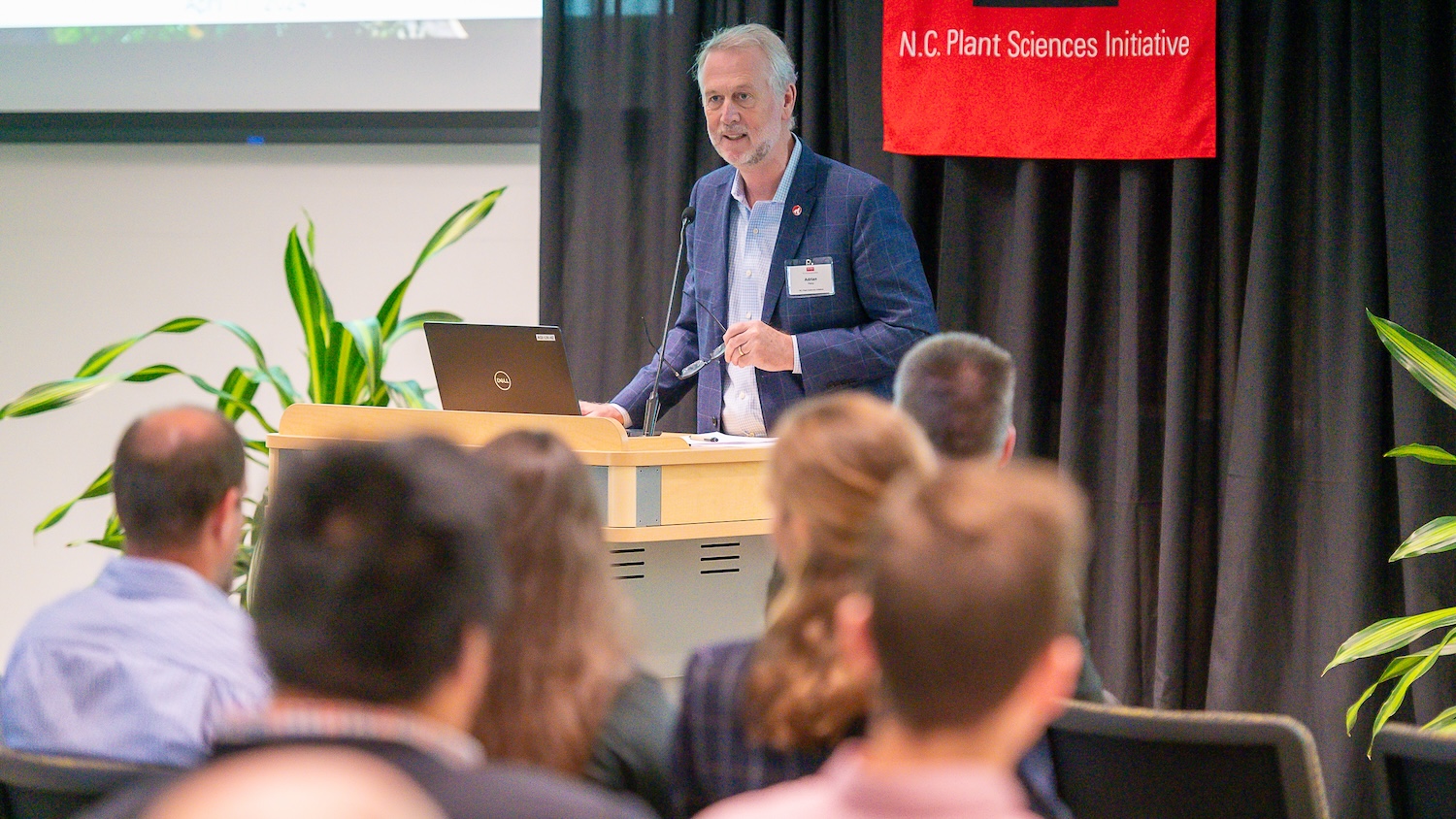Microbiologist traces contaminants in soil, water and food
What’s causing health-harming pollution isn’t always readily apparent. Finding a fecal contaminant in a river, for example, doesn’t tell you if you have a problem with your city wastewater treatment system, septic tanks, animal agriculture or wildlife.
That’s why soil scientist Dr. Alexandria Graves uses antibiotic resistance and genetic markers to trace the sources of contamination in water bodies, soils and foods.
It’s work that has important implications for public health, public policy and the economy, because knowing what’s causing pollution is key to stopping it. And, in areas where the land is used for many purposes, the cause of pollution can be a mystery.
In a Sampson County project, Graves and graduate student Lloyd Liwimbi used antibiotic resistance genes recovered from E. coli — which can cause gastroenteritis, urinary tract infections and neonatal meningitis — to determine the sources of fecal pollution in a creek in the heart of the state’s swine production area.
The study showed that pig farming was not the major source of pollution. Rather, wildlife such as birds needed to be considered.
“It’s not my objective to be involved in … legal situations,” Graves says. “Rather, my objective is to provide information so policymakers and communities can be informed and decide what the best mitigation strategy should be.”
-Dee Shore


